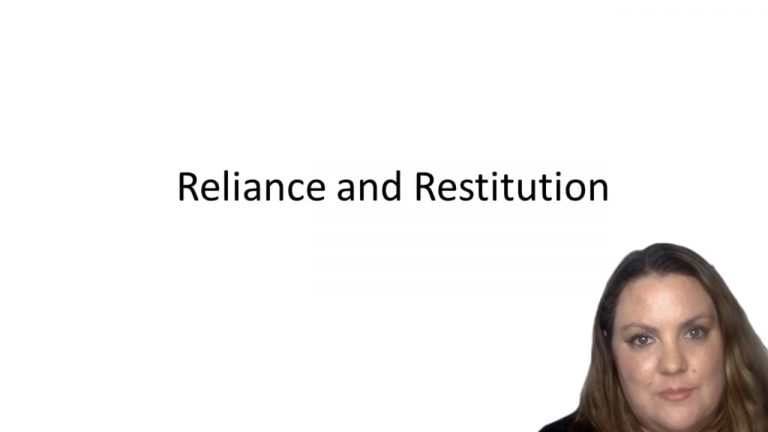SmartBrief
Confirm favorite deletion?
Contracts Keyed to Frier
Wartzman v. Hightower Productions Ltd.
Citation:
53 Md. App. 656, 456 A.2d 82 (1983)Facts
Several men wanted to employ an entertainer to break the Guinness Book of World Records for sitting atop a flagpole. These men approached Defendant, and hired attorney Wartzman to set up a corporation for the venture. The men informed Wartzman that they would need to sell stock in order to raise the funds necessary to finance the venture. Wartzman filed the articles of incorporation, creating Plaintiff corporation. The articles of incorporation authorized the corporation to issue one million shares of stock at 10 cents per share, for a total of $100,000. The men began developing the project, including setting up a corporate account, opening an office, hiring their entertainer, constructing the premises within which the entertainer would sit on top of the flagpole, and scheduling press events for the stunt. Plaintiff raised $43,000 by selling stock. However, Plaintiff became low on funds. Just two weeks before the stunt, Wartzman informed Plaintiff that it could not sell anymore stock because the corporation was “structured wrong.” Specifically, Wartzman failed to prepare an offering memorandum and also failed to have Plaintiff make required disclosures to prospective investors. Wartzman informed Plaintiff that it would need to hire a securities attorney, which would cost between $10,000 and $15,000. Wartzman offered to set up the meeting with a securities specialist. Plaintiff asked Wartzman to have the firm cover the cost because Plaintiff could not do so, but the request was refused. Plaintiff hired substitute counsel. Plaintiff learned that, because it was not in compliance with securities laws, the initial $43,000 investment would need to be placed in escrow, Plaintiff would need to hire a securities specialist, and that there would be an additional six to eight weeks of work before Plaintiff could sell additional stock or take their stunt across state lines. Plaintiff filed suit against Wartzman.
Only StudyBuddy Pro offers the complete Case Brief Anatomy*
Access the most important case brief elements for optimal case understanding.
*Case Brief Anatomy includes: Brief Prologue, Complete Case Brief, Brief Epilogue
- The Brief Prologue provides necessary case brief introductory information and includes:
Topic:
Identifies the topic of law and where this case fits within your course outline.Parties:
Identifies the cast of characters involved in the case.Procedural Posture & History:
Shares the case history with how lower courts have ruled on the matter.Case Key Terms, Acts, Doctrines, etc.:
A case specific Legal Term Dictionary.Case Doctrines, Acts, Statutes, Amendments and Treatises:
Identifies and Defines Legal Authority used in this case.
- The Case Brief is the complete case summarized and authored in the traditional Law School I.R.A.C. format. The Pro case brief includes:
Brief Facts:
A Synopsis of the Facts of the case.Rule of Law:
Identifies the Legal Principle the Court used in deciding the case.Facts:
What are the factual circumstances that gave rise to the civil or criminal case? What is the relationship of the Parties that are involved in the case.Issue(s):
Lists the Questions of Law that are raised by the Facts of the case.Holding:
Shares the Court's answer to the legal questions raised in the issue.Concurring / Dissenting Opinions:
Includes valuable concurring or dissenting opinions and their key points.Reasoning and Analysis:
Identifies the chain of argument(s) which led the judges to rule as they did.
- The Brief Prologue closes the case brief with important forward-looking discussion and includes:
Policy:
Identifies the Policy if any that has been established by the case.Court Direction:
Shares where the Court went from here for this case.

 3m 36s
3m 36s